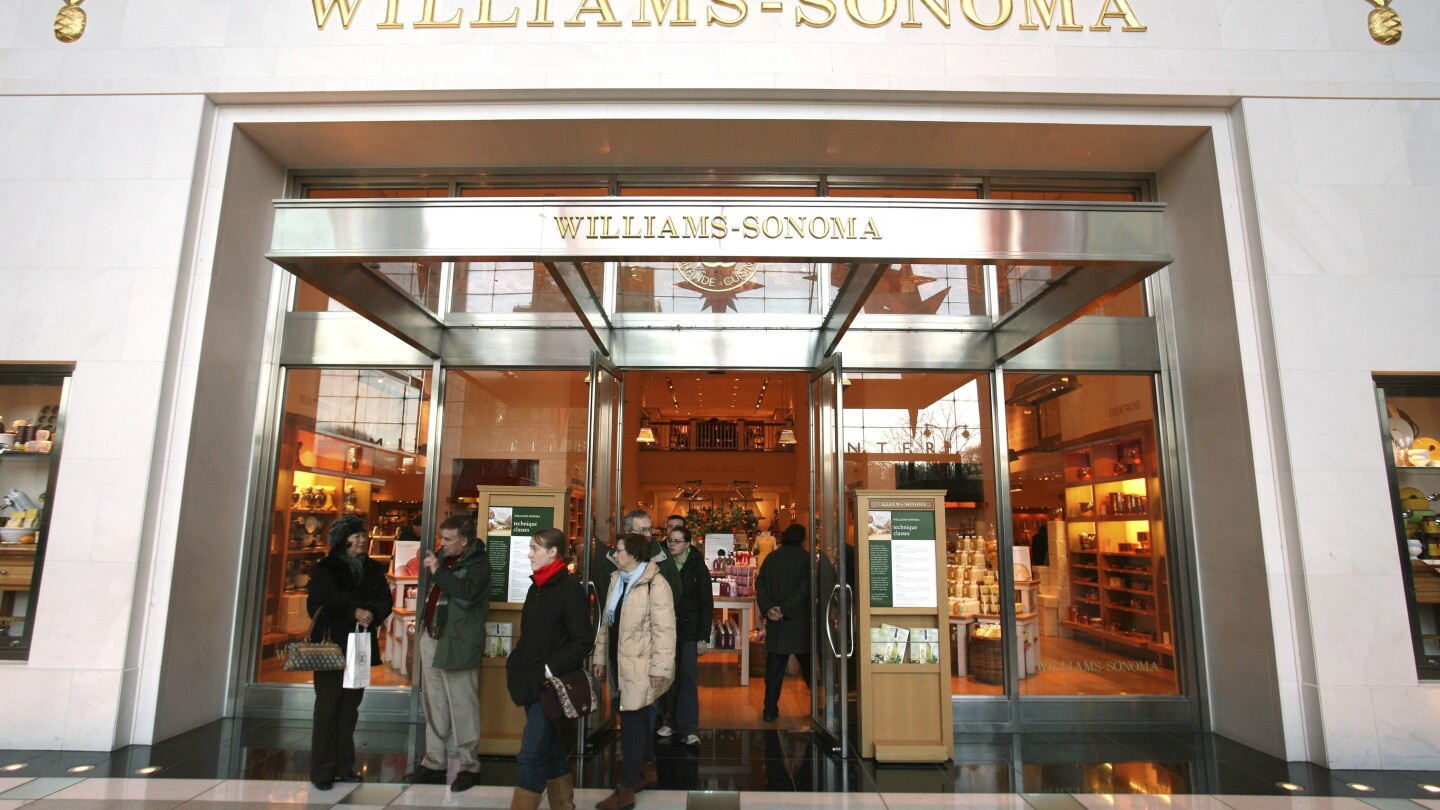- cross-posted to:
- [email protected]
- cross-posted to:
- [email protected]
Home products retailer Williams-Sonoma will have to pay almost $3.2 million for violating a Federal Trade Commission “Made in USA” order.
Williams-Sonoma was charged with advertising multiple products as being “Made in USA” when they were in fact manufactured in other countries, including China. That violated a 2020 commission order requiring the San Francisco-based company to be truthful about whether its products were in fact made in the U.S.
The FTC said Friday that Williams-Sonoma has agreed to a settlement, which includes a $3.175 million civil penalty. That marks the largest-ever civil penalty seen in a “Made in USA” case, the commission said.
“Williams-Sonoma’s deception misled consumers and harmed honest American businesses,” FTC Chair Lina M. Khan said. “Today’s record-setting civil penalty makes clear that firms committing Made-in-USA fraud will not get a free pass.”
In addition to paying the penalty, the seller of cookware and home furnishings will be required to submit annual compliance reports, the FTC said. The settlement also imposes and reinforces a number of requirements about manufacturing claims the company can make.



As a whole you’re correct, it often is inadequate, but in this very specific case of 7 products including some teen bed-padding, then the fines seem pretty proportional.
It depends on how much they made from these products. If the profit from the sale of those products is more than the $3.2M in fines, it is still just a cost that can be planned for when determining sale price and margins. The penalty needs to be higher than the profit from the deceptive practice or else it’s just a cost that can be planned for, not a real deterrent.
According to their 10-K end of year SEC Filing they made $1.7 Bn cash inflow profits, which resulted in a $1.3 Bn cash balance.
So, hypothetically, if they had made 3.175 Million net profit on selling one of their hundreds of types of bedding products, one of thousands of types of products total, then it would be 1/500th of their total profits across their many brand names and stores, or another possible scenario would be if everything else they sold at a cost and they actually did make this much profit from this specific bedding.
They actually saw a 9.9% decline in net revenue that year, attributed to store closures.